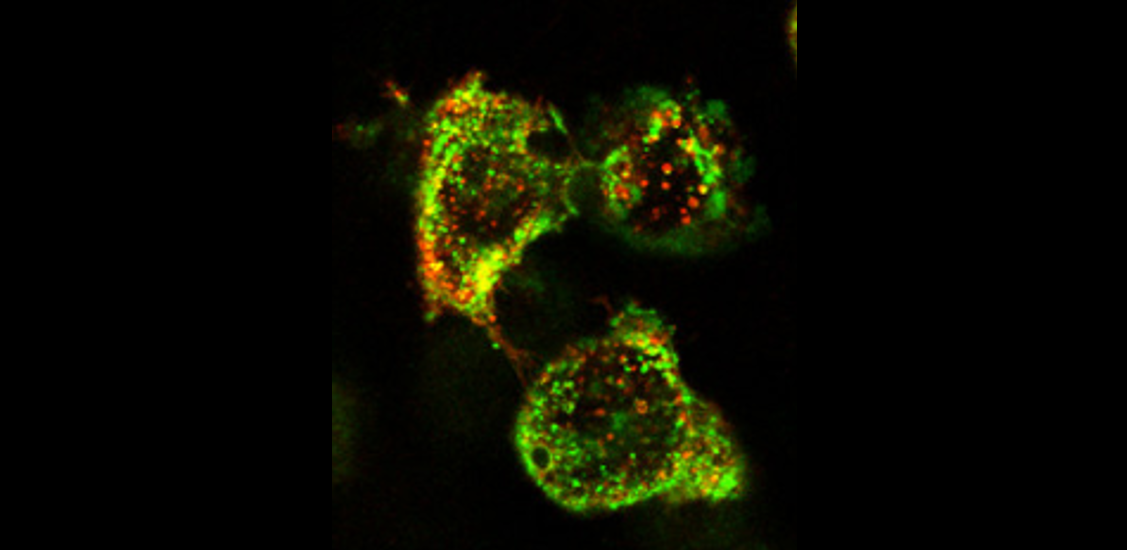
|
Supervised by: Dr Naomi McGovern (nm390@cam.ac.uk) and Dr Emma Poole (elp27@cam.ac.uk) |
|
|
Project Title: Determine the molecular mechanisms placental macrophages use to protect the placenta from cytomegalovirus infection. |
|
| Host Department: Department of Pathology | |
|
Project description The placenta, the first organ the fetus makes, is the interface between the mother and baby. A normally functioning placenta is crucial for successful pregnancy. Macrophages are key to the healthy function of all organs, adopting specific properties to meet the needs of the tissue where they reside. Hofbauer cells (HBC) are fetal-derived macrophages found within the placental villous tree. However, their exact characteristics and functions are quite obscure despite being the only placental immune cell. The early appearance of these cells at 18 days post conception and their high abundance indicates that they play an important role in placental development and function. As they are located at this important barrier site, we propose that HBC also help protect the placenta and fetus from infection. Due to the difficulty in isolating these populations with high levels of purity their interaction with transplacental pathogens remains poorly understood. We plan to study the interaction of placental cells with the transplacental pathogen, human cytomegalovirus (HCMV). It is important to study this virus as congenital CMV is present in ~ 0.7% of newborns. It is the most common viral infection acquired by the human fetus in high income countries. Congenital CMV can lead to a range of complications including sensorineural hearing loss, intrauterine growth restriction and still birth. Importantly, it is transmitted around the body in monocytes and macrophages. Despite its global importance, exactly how HCMV crosses the placenta to gain access to fetal circulation from the mother’s blood is unclear. We will use innovative technologies, including single cell RNA sequencing, in vitro assays and confocal microscopy to study HBC – HCMV interactions. Through this project we aim to understand the molecular mechanisms leading to increased transmission later in pregnancy. This study will provide new insights into human host pathogen interactions at the placental interface potentially leading to better biomarkers and therapeutic interventions. |
|
|
References 1. Thomas, J. R. et al. Phenotypic and functional characterization of first-trimester human placental macrophages, Hofbauer cells. Journal of Experimental Medicine 218, (2020). |
|

